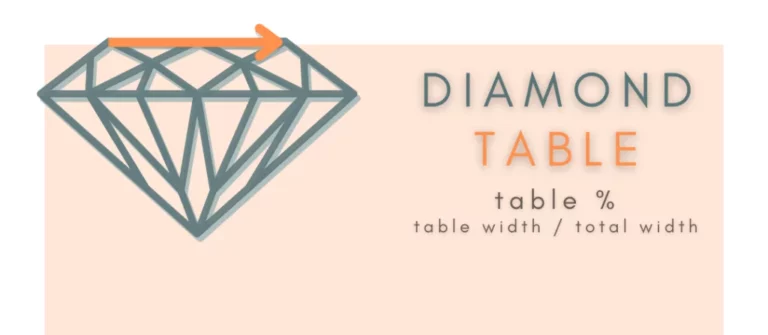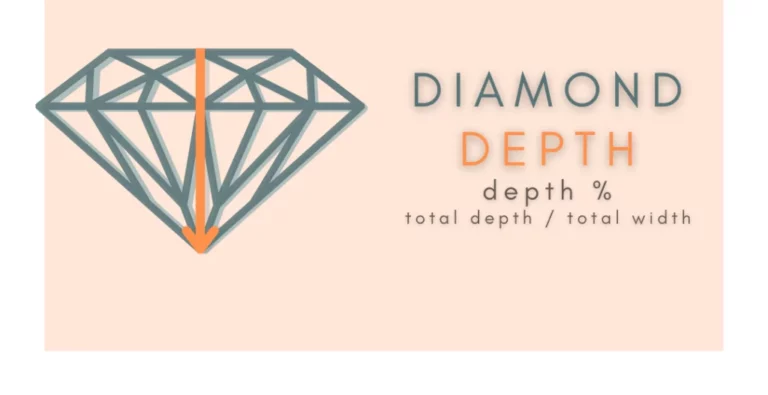When looking for the perfect diamond, we often finds ourselves in a confusion of technical jargon – cut, carat, clarity, colour, metal, lab-grown, natural – the list goes on! Here at Voltaire, we want to help our clients understand these terms to make sure you are choosing the perfect diamond for you! Below, we are going to look at a very important factor to consider when choosing a fancy shaped diamond – Proportions aka cut
Diamonds are graded on different scales according to the four C’s. However, the ‘cut’ grade only applies to round brilliant diamonds. A diamonds cut/proportions determine how it looks and works on the inside. A well-cut diamond will reflect light in a certain way, giving you the classic sparkle that everybody wants.
GIA rank the cut scale of a diamond Excellent through Poor while IGI certification differs slightly with Ideal to Fair.

As only round brilliants have the above certified Cut Grade, we will take a look below at how this can be determined for different shapes. At first, this may seem like a difficult concept to grasp, a lot of different numbers and words, but hopefully by the end, you can understand what to look for.
Let’s begin with the ‘table’ of a diamond. This is usually the first thing you will notice – the flat facet at the top when the diamond is face up. Essentially, the table is what facilitates a diamonds sparkle. The table refracts the light shone into the diamond, bounces it around and back out to your eye. An excellent table cut will give the perfect fire, brilliance, and scintillation we look for within a diamond.
Next, we look at a diamond’s depth, or ‘height’, which is from the cutlet – the pointed tip – to the table. The depth dictates how the light coming into the stone is bounced around, reflected, and passed back out. Too shallow? Not enough light can travel through, creating a dark appearance. Too deep? The light can escape from the bottom, giving an appearance that looks dull.
So, this means bigger is better? Surprisingly, no. What we want in a diamond is for it to be proportionate. While many assume the higher the carat the better, we believe that the higher the cut quality the better. A higher carat diamond that doesn’t glimmer how you want it to has nothing over a smaller carat that is cut to perfection.

Once all of the diamonds proportions have been gained, specifically the depth and table, the percentages are calculated.
The depth percentage is a simple total depth divided by total width.
The table percentage is the table width divided by the total width.
With these percentages combined, we can begin to construct an idea of what the Ideal or Excellent cut of any diamond should be. In the table shown we have gathered the percentage ranges for our best-selling shapes to help aid you in understanding what exactly we look for, and what you should look for yourself.
While not the be all and end all, proportions and cut are extremely important. We hope that this information can help you to understand what exactly goes into finding your ‘perfect’ diamond. Our consultants are more than happy to help and we encourage you to get in touch or book in so we can help you on your search.
By Lauren Fagan





